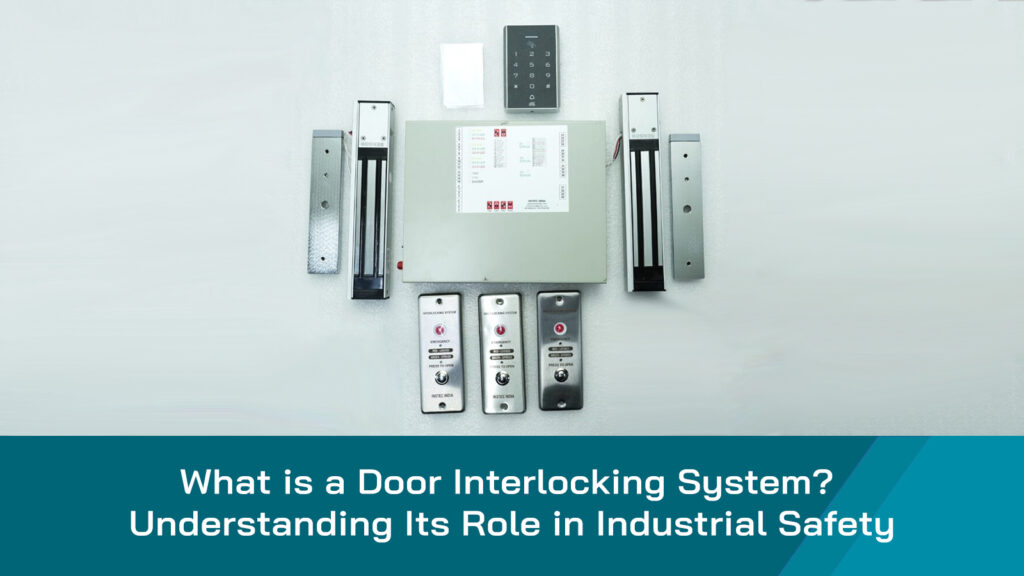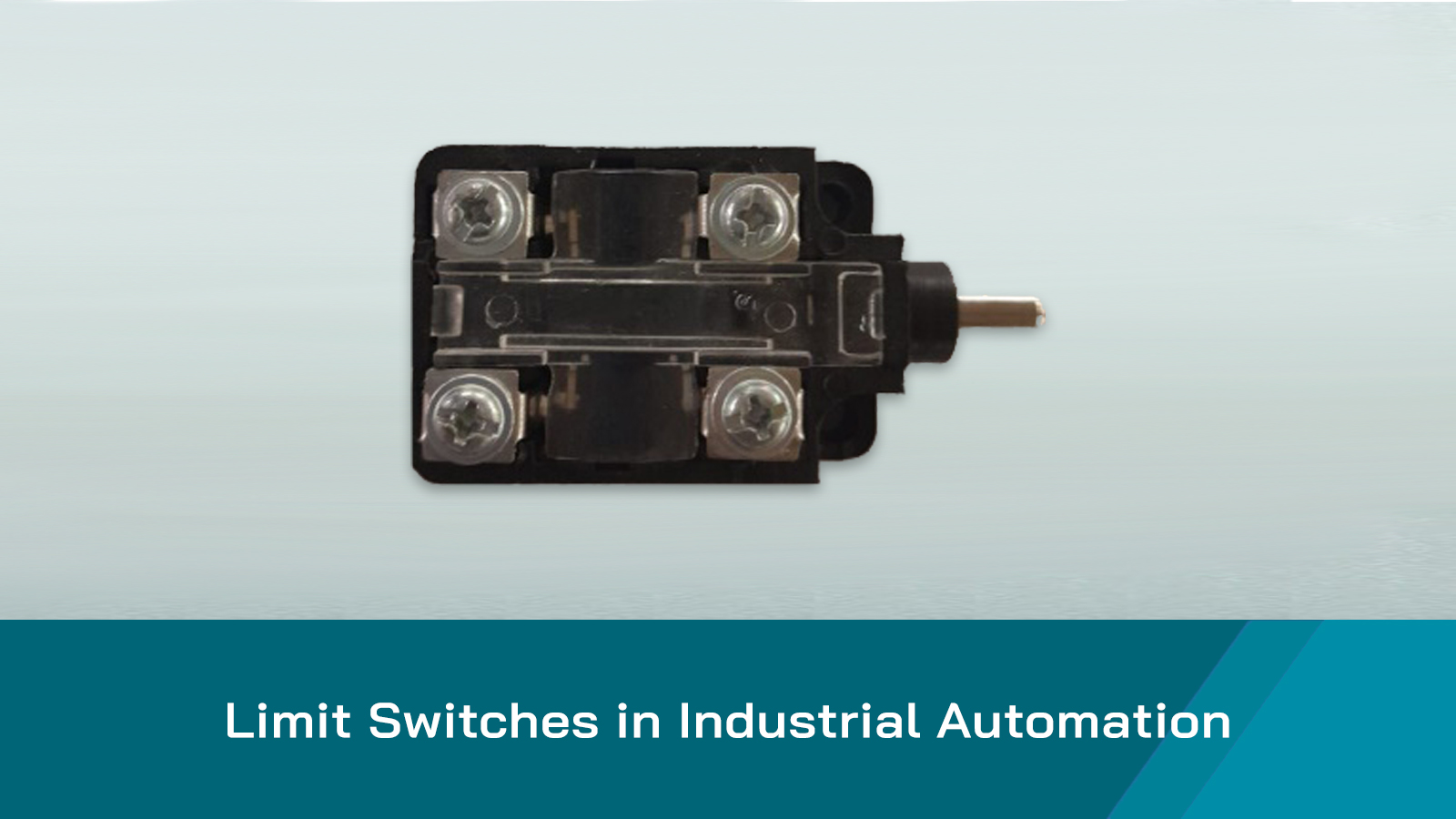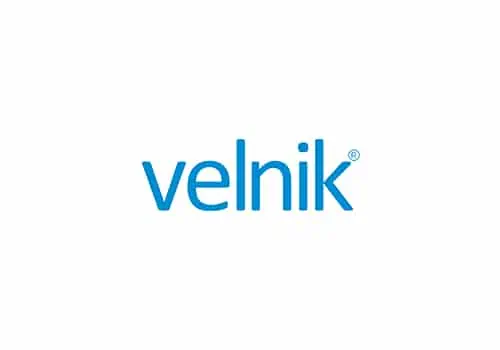A door interlocking system isn’t just about doors—it’s about control, security, and efficiency. Commonly used in high-security zones, cleanrooms, and safety-sensitive areas, this system ensures that only one door opens at a time, preventing unauthorised access and maintaining strict hygiene standards. Imagine a seamless, automated solution that keeps environments protected with minimal effort.
Here, we’ll explore how door interlocks can transform industries, their key benefits, and where they are used. Let’s dive in!
Door interlocking systems and their role in industrial safety
Safety is imperative in a place surrounded by hazards and accident risks. Industries use DIS to solve their numerous safety risks and keep hazards at bay. Let’s see how DIS do so:
- Keeps the contaminants enclosed
- Forbids unauthorised access
- Safeguards the staff
- Smart locks in emergencies
Geographical Use and Application of Door Interlocking Systems
These safety interlocks find their application in numerous industries where safety is the first priority.
Healthcare: In the healthcare industry, these systems help a lot. They help to contain the germs and other hazardous substances. Not just the labs, interlocking systems help to check the access to the operation room, and patient records.
Factories & Manufacturing Plants: Conditions in some industries are quite perilous. Interlocking systems aid in restricting unwanted entries, keeping the hazard enclosed and ensuring operational safety and efficiency
Geographical Use and Application of Door Interlocking Systems
These safety interlocks find their application in numerous industries where safety is the first priority.
- Healthcare: In the healthcare industry, these systems help a lot. They help to contain the germs and other hazardous substances. Not just the labs, interlocking systems help to check the access to the operation room, and patient records.
- Factories & Manufacturing Plants: Conditions in some industries are quite perilous. Interlocking systems aid in restricting unwanted entries, keeping the hazard enclosed and ensuring operational safety and efficiency.
- Finance and Banking: Many banks and financial institutions have equipped interlocking systems to secure their vaults, data centres, and executive offices.
- Education: Interlocks used in Educational institutions ensure the safety of students and staff and also safeguard valuable resources and information in labs, libraries, and offices.
- Transportation and logistics hub: Airports, seaports and other transportation hubs ensure cargo and passengers are secure. By avoiding unwanted access, the transportation goes uninterrupted and safely.
- Government and Military: Many government and military areas are sensitive and demand high security.
- Door Interlocking systems help to keep data centres, command centres, military installations, and prisons safe and formidable.
Technical Overview of Door Interlocking Systems
Door Interlocking systems have so many applications. It provides a high level of access controls and access management. If you look at this system, it basically controls a set of two doors. But the way it works makes all the difference. When one door is open, the other one can’t be opened. Each door is electronically monitored and controlled.
If you want to pass through them, you have to use something like an RFID card, proximity card, switch, buttons and so on. They are also equipped with alarms and an emergency override system to aid the owner in case of emergencies and intrusions.
What Sets Door Interlocking Systems Apart?
Let’s have a look at what sets the access control system apart:
High-Level Entrance Security
This system gives one of the top levels of access control and management. Apart from stopping unwanted entries, it also gives first-class physical protection against ballistic and blast attacks.
Detection and Identification Systems
This system works along with other detection systems in play. The different sensors reinforce its security. One sensor detects if more than one person has entered and prevents the door from opening. Another one checks for metals to avoid the risk of firearms. Some of them validate identifications via cards and PIN codes, and biometric readers that recognise faces, retinas or fingerprints add a further level of security to an interlocking door.
Piggybacking and Tailgating
These locking system for doors are pretty good at stopping piggybacking or tailgating. Often, intruders piggyback and tailgate to enter restricted areas.
Safety and Compliance
- Helps in stopping intrusions and unwanted access.
- Creates hygienic interlocks and enclosures.
- Prevents contaminants from spreading.
- Safeguards resources and information.
- Aids in adherence to safety protocols and government standards like GMP, ISO, FDA, and OSHA.
- Provides a physical layer of security.
Benefits of Door Interlocking Systems
- Enhanced Security – Interlocking systems protect critical spaces by stopping unauthorised entries. Hence, it helps to keep the integrity of the facilities intact.
- Contamination Control – They check the spread of contaminants and maintain sterile environments like hospitals & labs.
- Operational Efficiency – Since the entry and exit of people and cargo are automatic, it reduces manual supervision and control in high-traffic areas.
- Safety Compliance – One can meet regulatory standards like GMP, ISO, FDA, and OSHA with these systems.
- Improved Safety of Staff – By controlling access to hazardous areas, these access control system doors help reduce the likelihood of workplace accidents.
Conclusion
These simple-looking systems can help to take the security and control access to another level. You can prevent unwanted entries, keep the contaminants from spreading and ensure the seamless entry and exit of cargo and people. To access these, all you need to do is opt for this system for your spaces with the Certex interlocking system. For more details, visit our Door Interlocking System page.
FAQs
Door interlocking system(DIS) is a reliable way to prevent unwanted entries and keep contaminants from spreading.
DIS have three types: mechanical, electrical and key interlocks. Each has specific uses and advantages.
You can find them in industries, banks, pharmaceuticals, labs and government facilities.
Enhanced safety, secure entries, better contamination control and increased operational efficiency are some of the advantages one can get from DIS.








